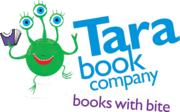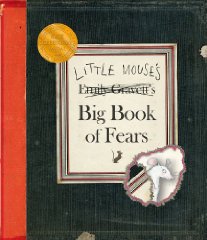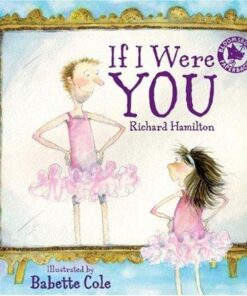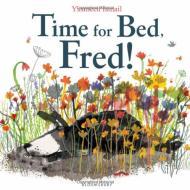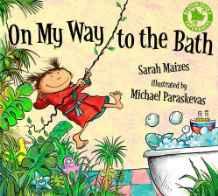Little Mouse’s Big Book of Fears
Author: Gravett, Emily
Reading Age: 4 to 5 Junior Infants, 5 to 6 Senior Infants
Publisher: Macmillan Children's Books
Illustrator: n/a
ISBN-13: 9780230016194
Number of pages: 32
From the Publisher
Spiders: Little Mouse is afraid of them (arachnophobia).
Shadows: Little Mouse is afraid of those (sciaphobia).
In fact, Little Mouse is afraid of everything. J... Read more
€9.99 Original price was: €9.99.€9.50Current price is: €9.50.
Only 1 left in store

From the Publisher
Spiders: Little Mouse is afraid of them (arachnophobia).
Shadows: Little Mouse is afraid of those (sciaphobia).
In fact, Little Mouse is afraid of everything. Join her as she faces her fears and records them in her journal – and discovers that even the biggest people are afraid of some things.
The Barnes & Noble Review
Emily Gravitt’s Little Mouse’s Big Book of Fears is a compendium of phobias, among them Ablutophobia (fear of bathing), Dystychiphobia (fear of accidents) and Rupopphobia (fear of dirt). The conceit is the format: a blank journal with writing prompts — ‘Teratophobia (Fear of Monsters). Use the space below to record your fears.’ Little Mouse fills the pages with black-and-white pencil drawings, mocked-up newspaper articles, and photographs creating a layered lift-the-flap, textured scrapbook. As Little Mouse writes, ‘I get edgy near sharp knives,’ the double-page spread is a detailed tribute to ‘Three Blind Mice.’ From the clues in the pictures we discover a trio of visually impaired rodent acrobats in a publicity poster. On the facing page a newspaper reports that an insane farmer’s wife attacked them with a carving knife. The humor is subtle and sophisticated, more ‘aha’ than guffaw. Common childhood fears are expressed, like the fear of being sucked down the bathtub drain and the fears of being lost or alone in the dark. Each page presents a brilliant representation of terror. The most stunning is the fold-out Visitors’ Map of the Isle of Fright, shaped like the outline of a mouse pinpointing the physical location of the symptoms of dread — from the Mount of Apprehension in the ears down to Loose Bottom. Although our protagonist is afraid of almost everything, in the end, he finds that some are afraid of him: Musophobia (fear of mice).–Lisa Von Drasek
The New York Times – Daniel Handler
…the visuals are endlessly startling and fascinating. I keep running my hands along this book’s pages, trying to find the boundaries of what Gravett has devised. The pamphlet folds out, but the feathers merely look real; only when you turn the page do you realize that the figure of the dog, composed from torn photographs of dogs and cats, fits into the shadow of the mouse on the next page. The book’s message-that everyone is afraid of something-almost gets lost in the shuffle, but Little Mouse’s Big Book of Fears still does a splendid job of re-enacting phobia: it’s hard to look away.
The Washington Post – Kristi Jemtegaard
Neither condescending nor frightening nor falsely comforting, this gentle book approaches a serious subject with humor and compassion.
Publishers Weekly
Dystychiphobia, phagophobia, good old acrophobia: everybody’s afraid of something-although it does seem that Gravett’s (Orange Pear Apple Bear) winsome mouse protagonist has cornered the market on anxieties. Wittily assuming the format of a scrapbook or diary that is filled in by Little Mouse, this book exhorts, ‘You too can overcome your fears through the use of art!’ A virtually encyclopedic list of fears follows, each on its own page, with plenty of space allotted for Little Mouse’s response. Gravett augments these expansive collaged spreads with interactive goodies (a flap, a gatefold, a tip-in of an entire map). For example, when Little Mouse scrawls, ‘I don’t like being alone, or in the dark,’ readers will learn from glancing at the upper-right corner that this feeling is called ‘Isolophobia (Fear of solitude).’ The opposite page is pitch-black, and Little Mouse eyes it nervously. Other moments are more purely amusing: ‘aichmophobia’ (the fear of knives) ushers in references to ‘Three Blind Mice.’ Whether or not they choose to face their own fears, kids will feel that a chord has been struck-and they’ll savor spicing up their budding vocabularies. Ages 4-8. (Sept.)Copyright ® Reed Business Information, a division of Reed Elsevier Inc. All rights reserved.
Children’s Literature
A charming little mouse
